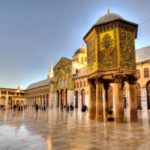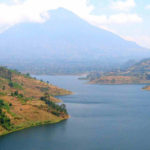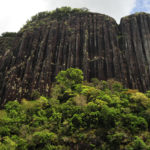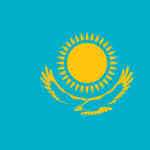Interesting facts about Tajikistan
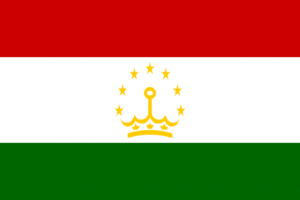 Tajikistan is a Central Asian state that stretches under the Pamir mountains. Once Tajikistan was part of the Soviet Union, and the echoes of the Soviet legacy are felt even now. However, a fair share of Tajikistan – the land is not too densely populated, and people there still live a simple and natural life, far from the bustling modern civilization.
Tajikistan is a Central Asian state that stretches under the Pamir mountains. Once Tajikistan was part of the Soviet Union, and the echoes of the Soviet legacy are felt even now. However, a fair share of Tajikistan – the land is not too densely populated, and people there still live a simple and natural life, far from the bustling modern civilization.
Tajikistan is the smallest state in Central Asia. Almost the entire territory of this country (almost 93%) is occupied by mountains.
The first state formations on the modern territory of Tajikistan appeared even before our era, they were called Bactria and Sogdiana.
One of the world’s largest silver deposits is in the north of Tajikistan.
In Tajikistan, especially in rural areas, an important sign of feminine beauty is the eyebrows that are fused on the bridge of the nose – some Tajiks even specially paint the area between the eyebrows.
Tajikistan is not only a country, but also one of the minor planets of the solar system. The heavenly body, revolving 250 million kilometers from the Earth, has received the name for the contribution of the Tajik scientists in development of astrophysics.
In 2011, the world’s highest flagpole was installed in the center of the capital of Dushanbe, which took several years to complete. The height of the construction of 12 metal pipes is 165 meters. The length of the national flag posted on it is 60 meters, and the weight is over 700 kilograms.
In Tajikistan, there is a stunningly beautiful Iskanderkul Lake (“Alexander Lake”), the color of the water constantly changing shades. Named this pond in honor of Alexander the Great – according to legend, on the way of the great conqueror there was a village whose inhabitants refused to surrender. Then he ordered to redirect to the village of the riverbed and flood it. So there was a lake.
The water of hot springs Garm Chashma, as the locals assure, has miraculous properties and can heal from many diseases.
The Nurek hydropower plant was included in the Guinness Book of World Records as the world’s tallest dam – its height is 304 meters, that is, it is higher than the Eiffel Tower.
Civil servants in Tajikistan are forbidden to have gold teeth.
Not far from the Bolzhuvan region, archeologists unearthed unique sites of Neanderthals and stone tools with an age of 850 thousand years.
Mount Hudja Mumin, a unique monument of nature, consists entirely of the purest salt of different colors – gray, pink and turquoise. These reserves can provide all of humanity with salt for several centuries.
In the Pamirs, at an altitude of 2320 meters above sea level, the Pamir Botanical Garden is divided into more than 20 thousand plants from all over the globe.
In the south of Tajikistan there is an ancient place called Childukhtaron, which translates as “Valley of 40 girls”. The legend says that the forty stone blocks standing there were once young beauties who preferred to turn to stone, so as not to become concubines of the invaders. In the spring, these stones are decorated with flowers and ribbons.
The word “Dushanbe” in translation from the Tajik language means “Monday”.
Under the current law on education, students, students, teachers and teachers are not allowed to carry mobile phones.
In Tajikistan it is permissible to woo even newborn children – in this case, their mothers should, by reading prayers, break a cake and connect the kids with a special tape.
At the wedding, the newlyweds are usually given suzane – this is a special veil that will protect the young couple from evil spirits and evil eye.





